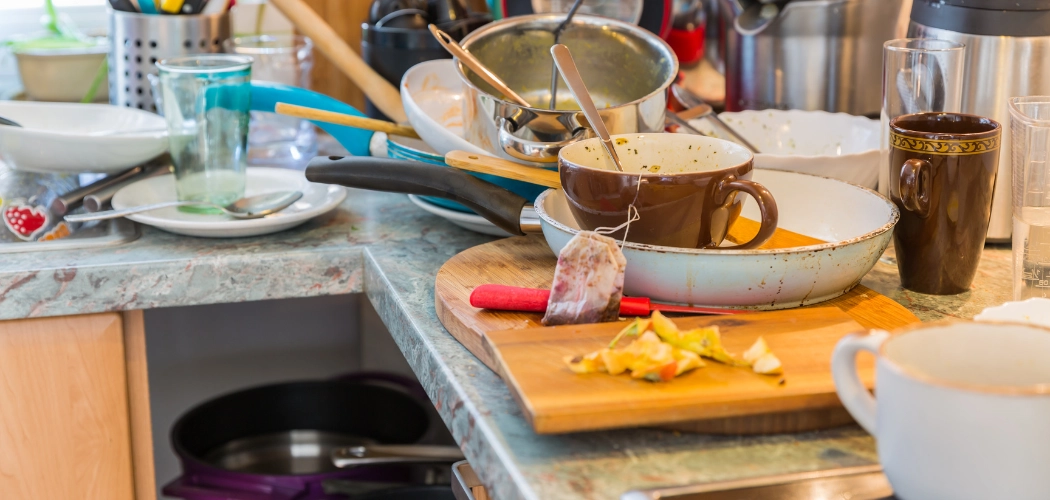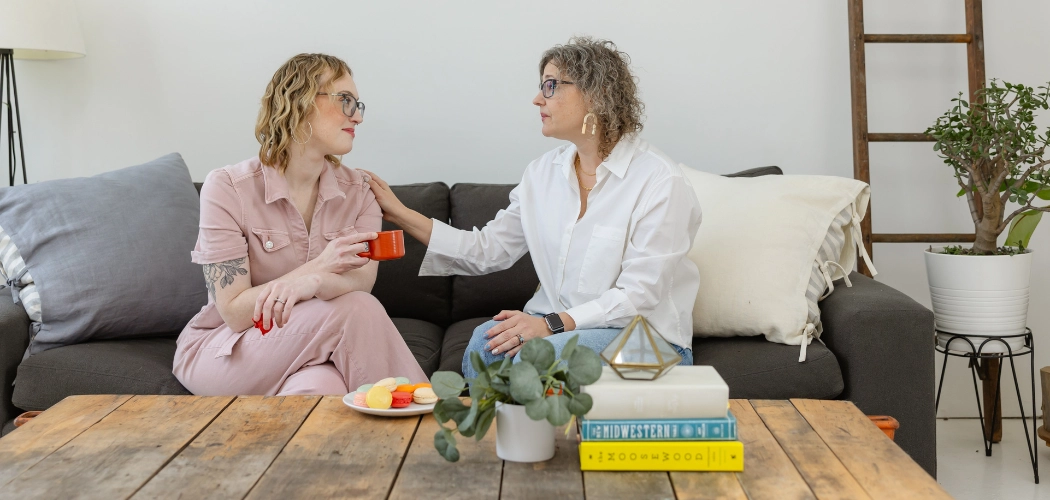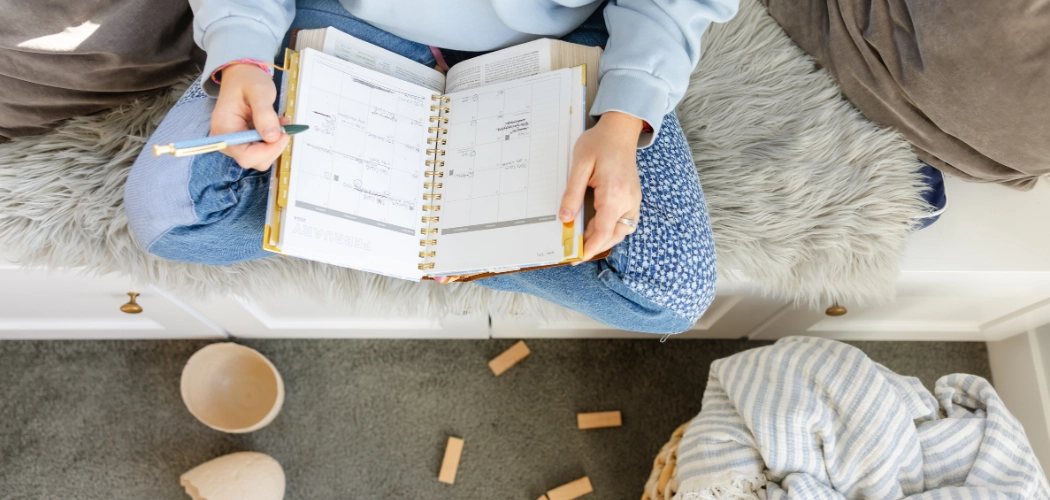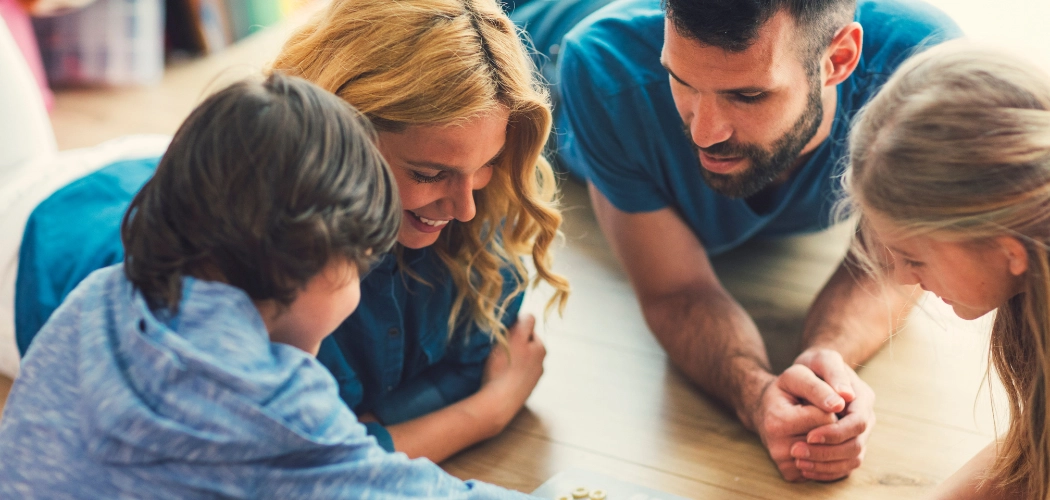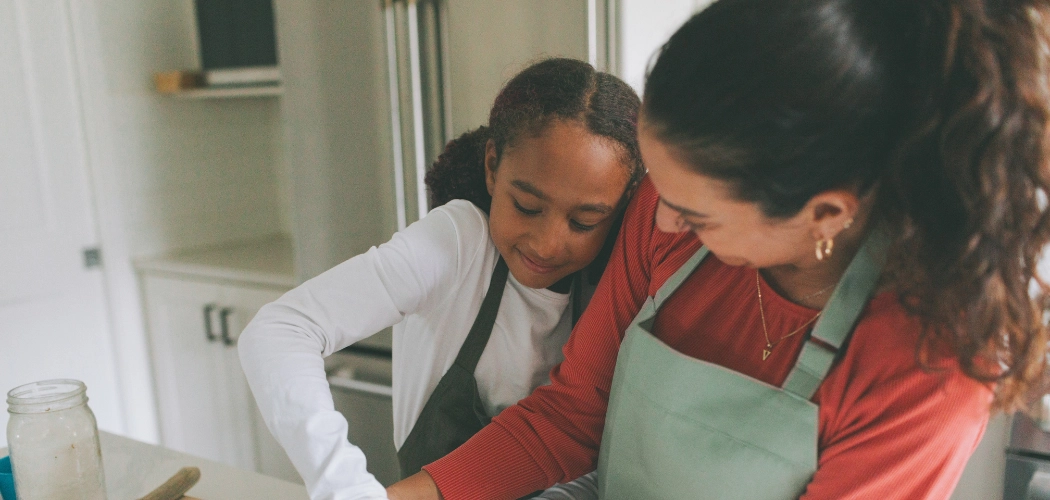The Power of Letting Go
It was nearly a decade ago when I was faced with two suitcases. Yep, just two suitcases. My task was to fit all of my worldly possessions into these two humble bags.
My flight was booked for Japan, where I would work and live for the next two years. I had just finished reading Marie Kondo’s The Life-Changing Magic of Tidying Up, cover to cover, with copious notes and highlights on almost every page. While I was inspired, a lifetime of attachment to my things wasn’t going to be undone in one night.
I managed to stuff my suitcases to the gills and take the rest to the thrift store (after begging my mom to let me store a small box of childhood sentimental items). However, it took me several years to learn something fundamental about decluttering: It is a never-ending process.
At first, this realization daunted me. Wait… I have to continuously police my clutter? For a while, this was discouraging. I just wanted to reach the “end” of clutter: Game Over, “The End,” that’s all folks. I wanted my happily ever after—after clutter.
And then one day it hit me. Keeping a home clean is part of a natural process, a cycle—a repeated rhythm of homemaking, caretaking and nurturing the spaces we dwell in.
As women, and especially as moms, life often comes in seasons and cycles. There are many parts to this cycle of decluttering. These parts repeat themselves, and I believe that each time it gets easier and easier. Below are the stages of the cycle that have come up in my personal decluttering journey.
The Initial Detox
This phase involves examining surface-level clutter. More or less, this is the easy part. Old mail envelopes, unused free items (like a third church logo mug or a company Frisbee), dried-up ballpoint pens, and so on—these things are relatively easy to let go of; we just have to get it done.
The only tricky bit with this one is that it must be completed on at least a weekly basis. Enlisting as many family members as you can to help with this process will smooth things along.
Lastly, the most important step in maintaining the surface detox is putting the items you actually do use away, as quickly as possible. A place for everything, and everything in its place—all the time.
The Gatekeeping Barricade
This part is harder. It’s where we say no to new items or trade out the new for the old. I follow the “one in, one out” (or better yet, two out) rule. For example, if I get another new fall romance novel with an irresistibly cute cover, at least one older book must go to the donate bin to make room. If I buy a new pair of jeans on sale at Costco, it’s time to discard that old pair from college days I’ve long since given up on fitting into.
Then there’s learning to say no. Say no to a third electronic photo album Auntie wants to give you when you already have two. Tell friends and family that you prefer consumables, experience-based gifts, or simple gift cards: a tin of Danish cookies, tickets to a movie theater, or a gift card to the ice cream shop. If a loved one insists on giving you something you don’t need, consider quietly donating it or re-gifting it later.
Finally, consider any shopping impulses you may have. Reflect on Matthew 6:19-21, which tells us to store up our treasures in heaven and reminds us that worldly things will eventually be eroded away by moths. Where do we want our hearts to be?
Gatekeeping can sometimes be complex, and it’s going to look different for everyone. But gatekeeping the clutter is key to maintaining a less cluttered home—for good.
The Sentimental Item Goodbye
This step is, in my humble opinion, the hardest, especially when it involves items given to us by loved ones who have passed on. This part of the cycle is sensitive and will look different for everyone. Here are a few methods I’ve found personally helpful.
For items that are special but less than useful, taking a photo can really help. These items often include antiques, baubles or unworn jewelry. Upload the photo somewhere secure like a digital photo album, and then pass these items on. This also works well for paper items, especially if you have access to a scanner.
For useful or decorative objects that are truly special, try to find a spot where they can be proudly displayed or used. For example, take grandmother’s beloved old teacup out of its bubble wrap and set it among your other daily mugs. Hang or frame decorative pieces immediately so you don’t forget (I say this as I eye my stack of unhung photos… but you get the idea!).
Finally, for items you need to say a final goodbye to, I find it helpful to take Marie Kondo’s advice and thank the item for the purpose it served. If it’s convenient to give it a “good” home (rather than a random thrift store), do so—but be careful not to use this as an excuse to hang on until you find the “right” home for it.
Lastly, it’s important to do some preventative gatekeeping with sentimental items too—particularly with children’s artwork or inherited items. Carefully consider what you truly want to keep. Is there a way to keep a select few special drawings from your child, rather than dozens? Or is there a meaningful way to display or store them? One idea: favorite artwork can be copied, shrunk down, laminated, and turned into fridge magnets. If it’s truly special, it will be worth the effort to fit it into your lifestyle rather than letting it sit at the bottom of a box in the farthest reaches of the basement!
Mental Peace
How does this factor into our mental peace? There are several ways.
First, less clutter around means less worry and anxiety. Less to clean and maintain, less to put away before guests visit—simply put, less to deal with overall! And with the hustle and bustle of motherhood—not to mention mothers who must work on top of that—there is more than enough to manage without our stuff getting in the way.
Getting rid of stuff will, in the long term, literally buy us more time; more time quickly translates into more peace. Cutting the clutter also reduces distraction, which helps us complete our daily tasks more efficiently.
Plus, cleaner and clearer spaces are more beautiful. Humans seek out beauty—consider how people spend thousands traveling to gorgeous locales. A beautiful, clean living space gives our minds a greater sense of calm and ease.
Reducing our attachments to material things also makes more room in our hearts—for our loved ones, our friends and pets, and most importantly, for our relationship with Christ. Luke 12:15 reminds us that life’s value is not in accumulating possessions; Proverbs 23:4-5 tells us of the fleeting nature of material wealth.
The power of letting go lies in its ability to give us back our time, our energy and our mental effort, as well as our relationships with others and with God. Let us remind ourselves of the peace Christ Jesus offers us as we part ways with the things that no longer serve us.
